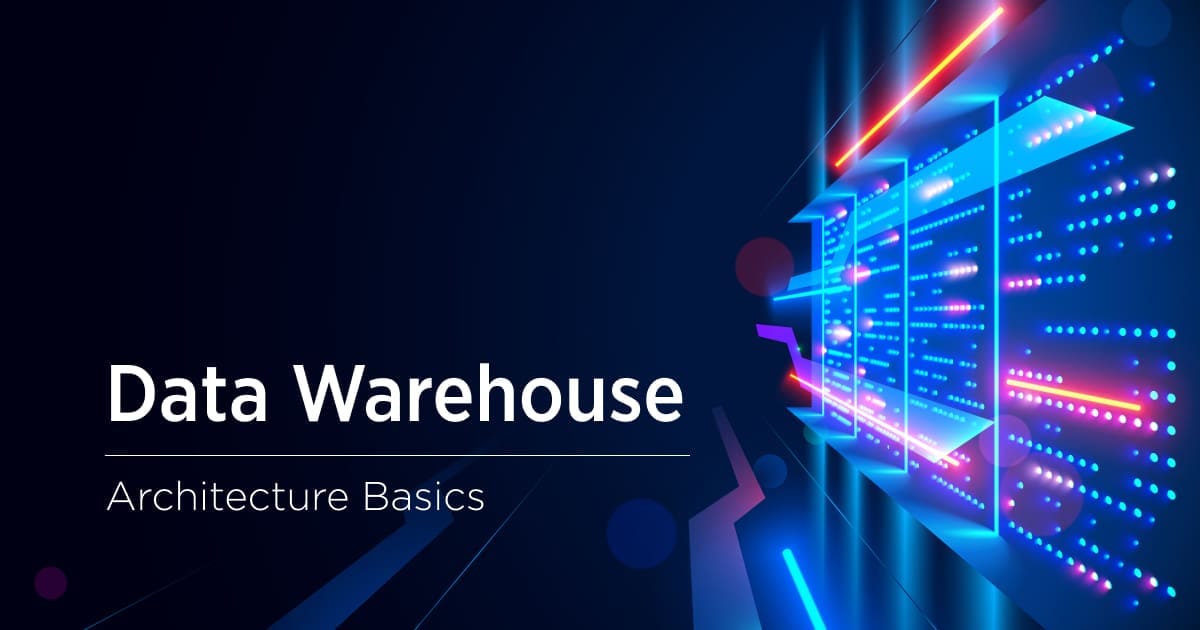How to Set Up Your First Data Warehouse in 10 Practical Steps

A data warehouse is essential for organizations that rely on structured, historical data for reporting and decision-making. It enables systematic consolidation of fragmented sources, reduces data silos, and lays the foundation for analytics, dashboards, and compliance tracking.
If you're building one for the first time, this guide gives you a structured, technical roadmap without buzzwords or vendor sales fluff.
1. Set Clear Business Priorities
The first step isn’t technical. Clarify why this warehouse must exist.
Examples:
- Do you need consolidated customer reports across platforms?
- Are you replacing fragile spreadsheets with a governed solution?
- Are analysts spending hours cleaning inconsistent source data?
These goals shape what you build. Document requirements per department. Think in use cases, not just technologies.
You can also start by scanning your business with the AI Scan Tool by Scalevise, which gives tailored automation and data recommendations.
2. Inventory Your Data Sources
Before designing anything, create a detailed overview of where your data lives:
- SaaS platforms (CRM, accounting, ticketing systems)
- Internal systems (ERP, backend databases, logs)
- Flat files (CSVs, Excel, exported reports)
- APIs (external data feeds)
Document:
- Data owners
- Frequency of updates
- Volume and schema variability
- Existing access limitations
Classify your sources by availability, volatility, and business importance.
Need help mapping this out? Scalevise offers workflow automation audits to identify where data bottlenecks exist.
3. Decide on Your Architectural Strategy
There are three common models for building a warehouse:
Top-down (Inmon)
- Centralized, normalized core
- Long-term focused
- Slow to deliver results initially
Bottom-up (Kimball)
- Star schema–based datamarts per domain (e.g., sales, finance)
- Faster to implement
- Easier to evolve iteratively
Hybrid
- Practical in most real-world environments
- Combine centralized storage with modular marts for delivery
If you’re a small team or new to this, start with a bottom-up approach. Deliver something usable fast, then scale out.
4. Build a Schema That Reflects Real Use
Your schema design must mirror actual reporting needs.
Most first-time warehouses benefit from:
- Star schemas: One fact table per use case (e.g., "sales"), linked to dimension tables ("customers", "products", "dates")
- Clearly defined grain: Choose the right level of detail per transaction, per day, per customer, etc.
- Avoid over-normalization: Simpler joins = better query performance
Document every table’s intent, relationships, and grain. Without this, maintainability suffers quickly.
5. Choose ETL or ELT Based on Your Stack
ETL (Extract, Transform, Load):
- Ideal when transformation must happen before loading (e.g., complex logic, on-prem environments)
- Works well for strict data validation before landing
ELT (Extract, Load, Transform):
- Load raw data into the warehouse, then transform within (e.g., with SQL, dbt)
- Preferred for modern cloud-based stacks (BigQuery, Snowflake)
6. Pick a Technology Stack That Matches Your Context
Warehouse Options:
- Snowflake – scalable, usage-based pricing
- BigQuery – serverless, powerful for large datasets
- Redshift – Amazon-native, performant but requires tuning
- Azure Synapse – tight Microsoft ecosystem integration
ETL/ELT Tools:
- Fivetran / Airbyte – for fast integration setup
- dbt – for transformations with versioning and testing
- Apache Airflow / Prefect – orchestration and scheduling
Storage/Staging:
- S3, GCS, or equivalent blob storage for raw backups and version control
Base your selection on your internal skills, vendor lock-in risk, and projected volume growth.
7. Build Your Data Pipeline in Controlled Phases
Start simple.
- Extract small samples from each source
- Load to staging environment (cloud storage or staging tables)
- Apply basic transformations:
- Data type alignment
- Null value handling
- Deduplication
- Business rule enforcement
Create a clear data lineage for each field. Add validation steps to detect row mismatches, schema changes, and delays. Automate logging and alerting from day one.
For advanced logging, check out our guide on Audit-Ready AI Logging.
8. Apply Data Governance and Access Controls
Security and compliance are not optional even for small teams.
Implement:
- Role-based access control (RBAC)
- Column-level access (especially if dealing with PII)
- Audit logs for all loads, schema changes, access events
- Data retention policies for backups and versioning
Align with GDPR, HIPAA, or any applicable frameworks. Plan for incident response in case of unauthorized access or data corruption.
9. Enable BI and Reporting Access
Once your initial data marts are populated and tested:
- Connect BI tools (Power BI, Looker, Tableau, Superset)
- Create versioned views for each report
- Use materialized views for complex logic to reduce query load
- Monitor slow queries and optimize indexes or table design
Standardize naming conventions for dashboards and metrics to avoid duplication or confusion.
10. Monitor, Document, and Iterate
Warehouses are living systems. You’re not done after the first deploy.
Ongoing tasks include:
- Monitoring pipeline success/failure rates
- Observing query latency and resource usage
- Reviewing BI usage patterns
- Documenting schemas, dependencies, owners, and transformations
Regularly review unused tables, dashboards, and outdated jobs. Version control your dbt models or transformation logic. Introduce regression tests as coverage expands.
Summary
Your first data warehouse project doesn’t have to be perfect but it must be intentional, controlled, and traceable. By focusing on concrete use cases, carefully choosing tools, and building in monitoring from the beginning, you reduce technical debt and maximize long-term value.
Need help getting started?
Scalevise designs, builds, and maintains high-performance data warehouse systems from ETL pipelines to BI dashboards. Get in touch via https://scalevise.com/contact.
